Kendrick Lamar’s Super Bowl Halftime Show: A Masterclass in Symbolism, Storytelling, and Subtle Shade
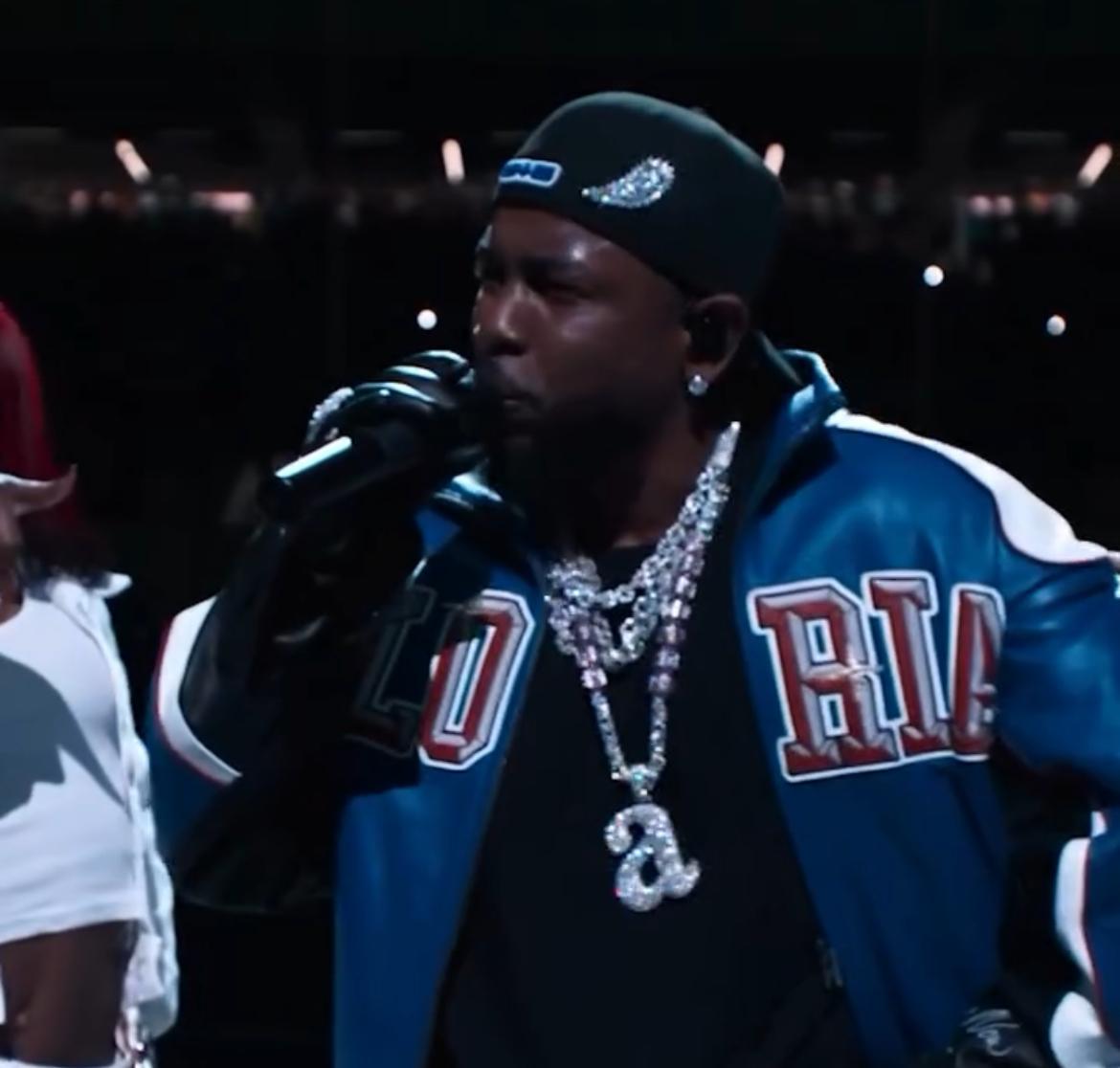
Kendrick Lamar’s Super Bowl Halftime Show: A Masterclass in Symbolism, Power, and the Art of Playing the Game
Kendrick Lamar didn’t just perform at the Super Bowl—he educated, challenged, and exposed America under the brightest lights in sports entertainment. His halftime show was a tightly woven narrative of Black excellence, resistance, and survival in a system designed to work against us.
And for those who didn’t quite get the message? Well, he made it simple enough that they could.
In an era where Super Bowl halftime shows are built for virality, memeable moments, and pop spectacle, Kendrick chose a different path. Every lyric, every movement, every visual was intentional. This wasn’t just entertainment—it was a statement, one that made some uncomfortable for all the right reasons. And the backlash in certain circles? Predictable.
Because they’re fine with watching Black bodies perform physical labor on the football field—the NFL is 53% Black, while Black Americans make up only 14.4% of the U.S. population. But when the intellectual labor, the cultural contributions, the power of Black storytelling takes center stage? Suddenly, it’s “too political,” “too divisive,” “too ghetto.”
So, let’s break down exactly what Kendrick Lamar just did, and why it had the right people shook.
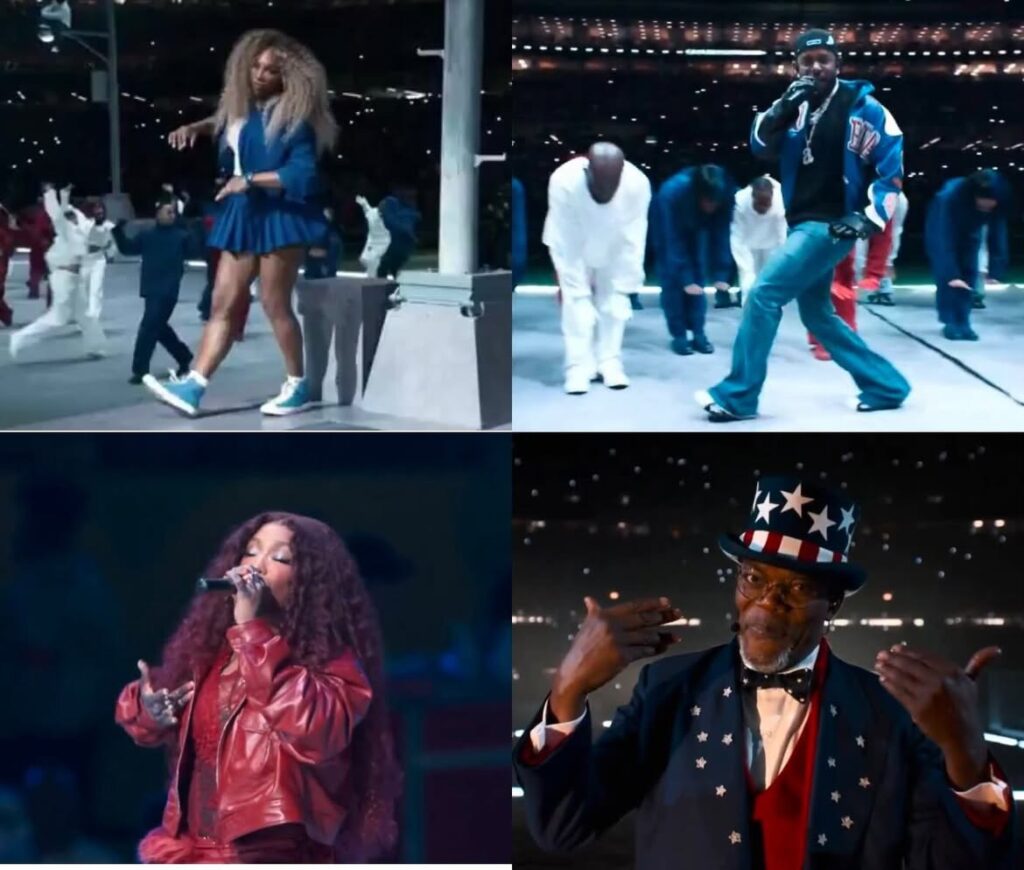
1. The Art of Playing the Game
The first thing to understand about Kendrick’s performance is that it was deliberate. He didn’t need fireworks or flashy gimmicks—he used symbols, history, and sharp cultural references to make a point.
The “Gloria” Jacket
Kendrick’s custom varsity jacket with “Gloria” stitched across the front was more than just fashion. It was a nod to his song Gloria from GNX, but beyond that, it symbolized glory—the kind America selectively grants.
For centuries, Black Americans have been denied their rightful glory, despite their immeasurable contributions. Kendrick wearing the word Gloria across his chest? That was reclaiming power.
The “A” Pendant
Subtle, yet deeply intentional, Kendrick’s lowercase “a” pendant was a callback to Not Like Us, his now-iconic diss track aimed at Drake.
In the song, he raps:
“Tryna strike a chord and it’s probably A minor.”
This wasn’t just a reference to music theory—it was a flex, a calculated move, and a declaration that Kendrick Lamar is always thinking five steps ahead.
He wasn’t just playing the game—he was rewriting the rules.
2. Samuel L. Jackson as Uncle Sam: A Lesson in the “Game”
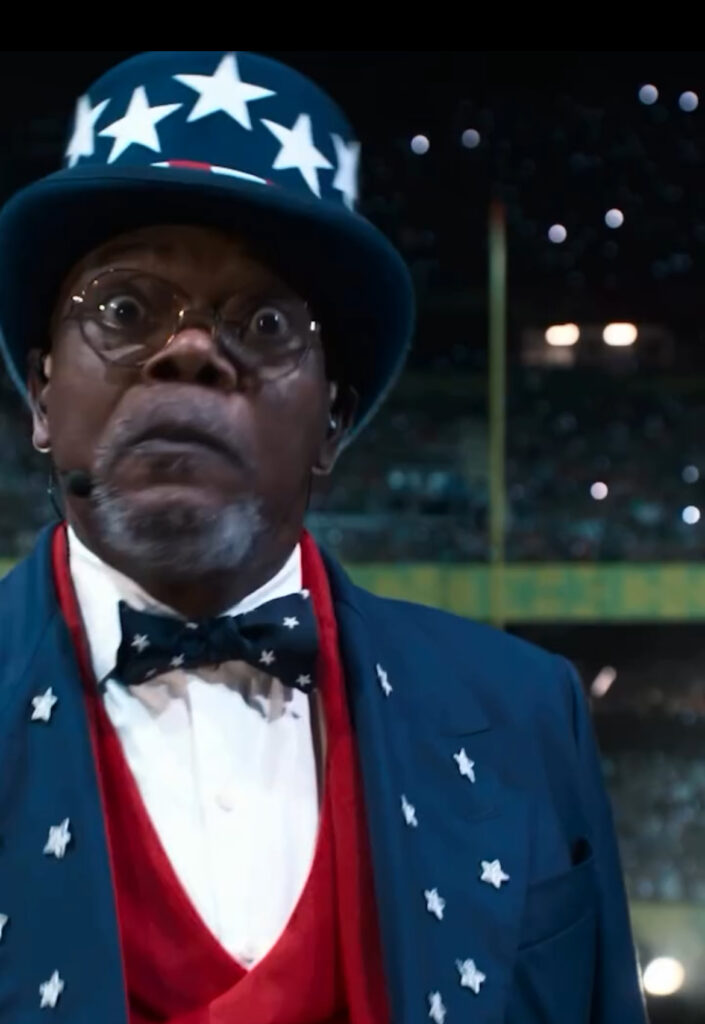
One of the boldest statements Kendrick made was enlisting Samuel L. Jackson—dressed as Uncle Sam—to deliver a chilling message.
This wasn’t just a nod to America’s most iconic propaganda figure. It was a reference to how Black labor and talent are used for entertainment, war, and profit—while Black lives continue to be undervalued.
But there was another layer to it.
Jackson, who played the infamous house slave Stephen in Django Unchained, stood on stage in a similar role: the Black man tasked with “keeping others in line” on behalf of white America. His words to Kendrick—“Tighten up”—weren’t just about the performance. They were a warning:
“Play the game the way they expect, or pay the price.”
Kendrick’s response? He kept performing, proving he knows the game—but refuses to play by its rules.
3. The Stage as a Symbol of Oppression
Kendrick’s set design wasn’t just aesthetic—it was a message.
The Squid Game-Inspired Stage
A direct representation of how the rich exploit the poor for entertainment. The reference to Squid Game wasn’t just about visuals—it was about capitalism, survival, and the way Black talent is often used for profit while those same artists struggle for ownership and rights.
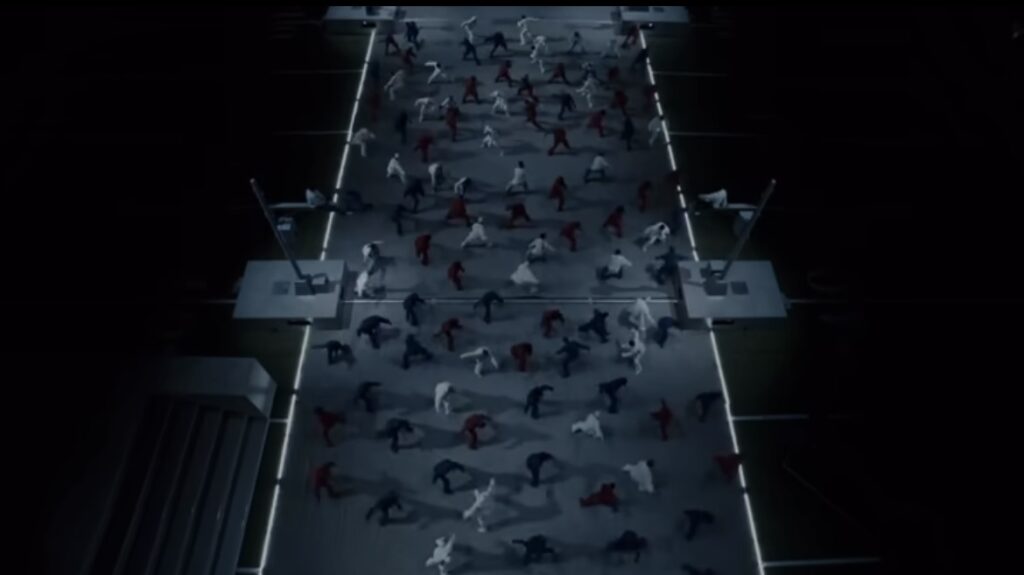
The Prison Yard Imagery
If you paid attention, the performance space mimicked a prison yard, reinforcing the mass incarceration crisis in America. As the Black performers harmonized, they stood in formation like inmates, a stark reminder that Black creativity and freedom are often constrained within invisible walls.
Red, White, and Blue Dancers—With a Crucial Piece Missing
The dancers represented the American flag, but the blue segment was missing.
The message? America is divided.
Justice isn’t applied equally. Patriotism isn’t accessible to all.
Kendrick wasn’t just rapping—he was exposing the system Black people are forced to navigate every day.
4. Serena Williams: Protecting Black Women & Delivering Karma
When Serena Williams stepped onto the stage, it was bigger than a guest appearance—it was a statement.
For years, Black women have been disrespected, overlooked, and discarded—often by their own communities. And no one represents this struggle quite like Serena, who was once romantically linked to Drake before their relationship reportedly soured.
By bringing her on stage, Kendrick wasn’t just shading Drake—he was uplifting and protecting Black women. It was a reminder that Black women are the backbone of culture, yet they are constantly disrespected.
And for those who believe in karma? This moment was poetic.
5. “They Not Like Us”—A Message to Drake & America
At this point, it’s clear that Kendrick’s performance of Not Like Us was far more than a diss track.
It was a declaration.
- A declaration that Drake doesn’t represent real hip-hop, real culture, or real struggle.
- A declaration that Black culture is not to be copied, diluted, or commodified.
- A declaration that America has tried to erase, rewrite, and capitalize off of Black greatness—but it never works.
The line “They not like us” wasn’t just about Drake. It was about every system, every person, and every institution that tries to control, manipulate, and steal from Black culture while denying its legitimacy.
This wasn’t just a song. It was a reckoning.
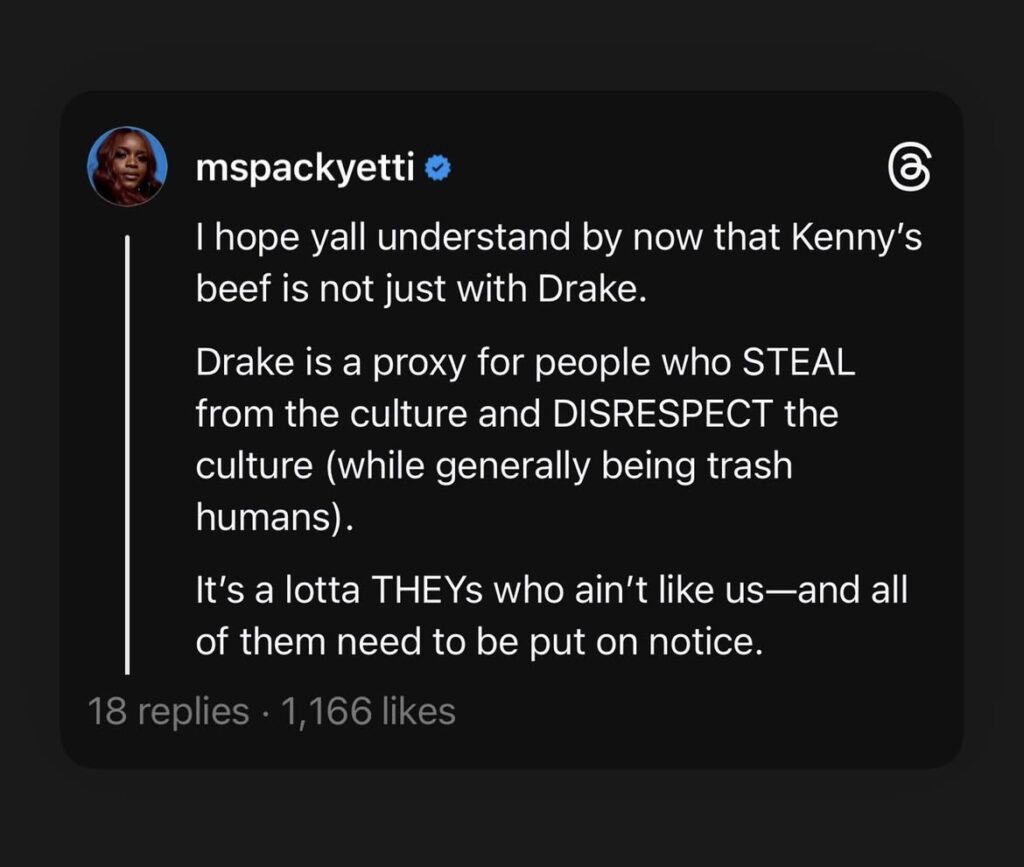
6. The Final Message: “Game Over” & the Call to Action
Kendrick’s final message was crystal clear: GAME OVER.
And not just for Drake. Not just for this performance.
For America as it exists today.
The words “GAME OVER” flashed across the audience, and at that moment, it became clear: change is happening—whether the world is ready for it or not.
- The world is in crisis.
- America is divided.
- Black people have played this game long enough—and we’ve mastered it.
Kendrick wasn’t just rapping. He was issuing a call to action.
Turn off the TV. Organize. Unite. The revolution is already in motion.
Kendrick Lamar’s Super Bowl halftime show wasn’t just music. It was commentary, resistance, and celebration rolled into one.
It was a reminder that Black people have always had to play the game—but Kendrick just played it better than anyone ever has.
And as for Drake? Well, Kendrick just made his biggest diss track the soundtrack to America’s biggest stage.
Game over.
Now, the real question is: Did you get the message?
Featured Listings
The Breakfast Club Is Headed to Netflix as Video Podcasts Take Center Stage
The culture is headed to a new screen. The Breakfast Club, the...
Nnena Kalu Makes History as First Learning-Disabled Artist to Win Prestigious Turner Prize
Nnena Kalu has officially made history. The Glasgow-born Nigerian artist has been...
Daniel Kaluuya Reveals Spider-Punk Animated Series Is Officially in the Works
Daniel Kaluuya is once again proving that his creative vision stretches far...
Steven Bartlett’s “Diary of a CEO” Podcast Just Hit a $425M Valuation & the Creator Economy Is Watching
What started as a mic, a flat in London, and a curiosity...







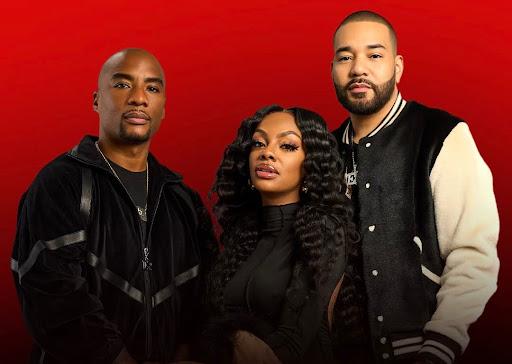
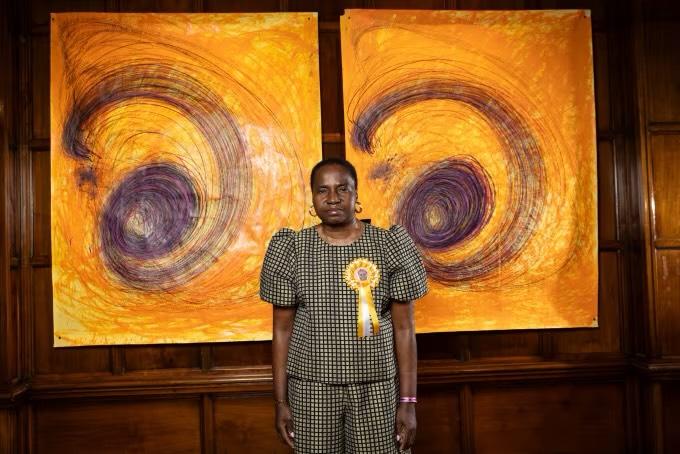
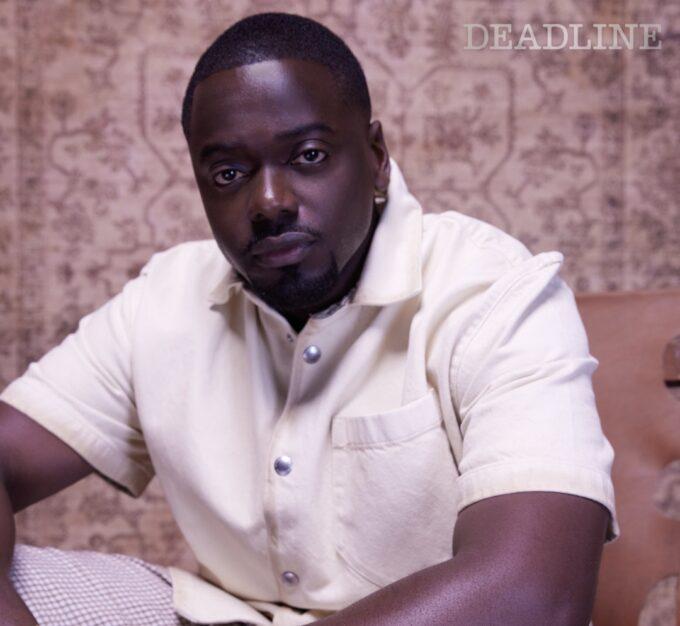

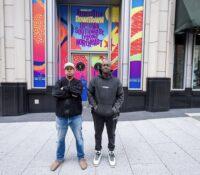


Leave a comment